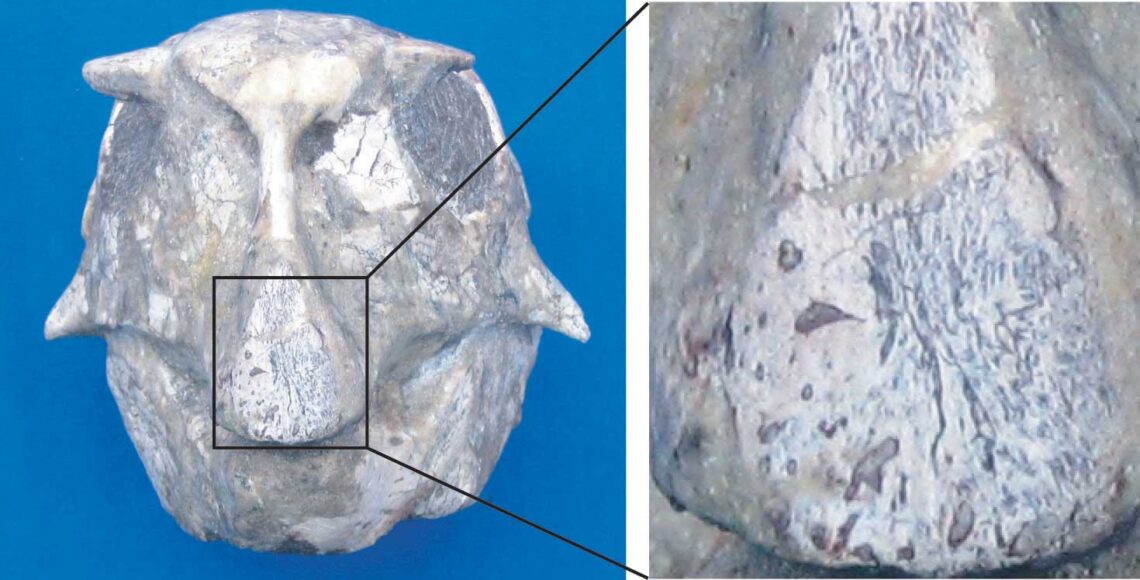JPT No. 4 – A quick method for collecting modern small-scale ichnological and sedimentological structures
Thomas A. Stidham1 and Jane Mason2
1 Department of Biology, Texas A&M University, 3258 TAMU, College Station, Texas 77843-3258, USA. e-mail: furcula@mail.bio.tamu.edu
2 Division of Vertebrate Paleontology, Florida Museum of Natural History, Dickinson Hall, University of Florida, Gainesville, Florida 32611-7800, USA e-mail: jmason@flmnh.ufl.edu
ABSTRACT
We describe a method for collecting recent superficial sedimentary structures, such as ripples, tool marks, and trackways. The surface first is consolidated using one of a variety of materials (acrylic, Butvar, or dust hardener), and then reinforced using cellulose acetate and collected. Sediment grains and areas of sediment surface can be excised after collection and cleaned for detailed study. This method is useful on a variety of sediment sizes, and it is inexpensive and relatively quick to implement.
INTRODUCTION
Modern trackways and other ichnological traces are fundamental tools used to research fossil tracks and sedimentary structures, including ripples and tool marks. However, commonly used methods of collecting modern footprints include the laborious use of plaster or latex (Goodwin and Chaney, 1994). Both of these methods are inadequate to accurately record traces on unconsolidated substrates without crushing the print or otherwise distorting the trace or structure. In addition, neither of these methods consistently and accurately records details of the substrate’s sedimentology, including grain size and sorting. These features of the sediment may influence the formation of an ichnological trace or sedimentary structure. In order to circumvent some of the problems with these other methods, we have developed a technique that records small-scale surficial sedimentary structures with little, if any, distortion, requiring less labor, and preserving more data. It is similar to the use of acetate molds in other areas of paleontology (Darrah, 1936; Rigby and Clark, 1965).



